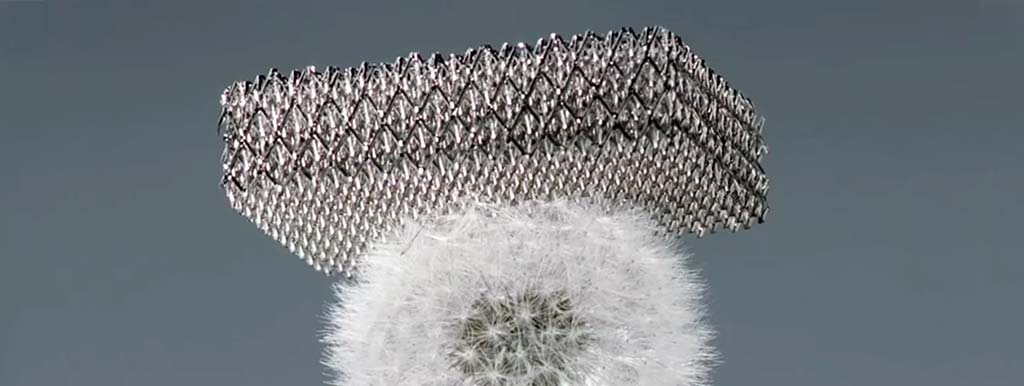
We could be before one of the most significant discoveries in recent times for the current world of aeronautics.
Has Boeing invented the planet’s lightest metallic structure?
According to the latest statements released by the company, they have found the formula to create the world’s lightest metallic structure, the “Metallic Microlattice”.
Boeing has presented a composite micro-lattice metal comprised of a structure which is 99.99% air.
This could be a great breakthrough in the incessant search by aerospace companies to create lighter aeroplanes which require less fuel, since it would mean significant savings for airlines.
Boeing has presented a composite micro-lattice metal comprised of a structure which is 99.99% air having an open cellular polymer shape, which is very similar to that of a sponge and It is based on the structure of bones and their porousness. The outcome is a very strong yet flexible frame, the weight of which Boeing has yet to disclose. It could, however, be lighter than a dandelion.
We can gain a better understanding of this material by comparing it to the structure of bones, since the outer part is very rigid and the inner part is hollow due to its open structure at a cellular level, so it will not easily break and is as light as bones.
Another of its properties revealed by Boeing is its ability to bear a great deal of compression and energy absorption.
All this would help to enhance both the range and capabilities of aeroplanes if it were to be finally used on aircraft, although Boeing is presently stating that it is not yet ready to use it industrially.
We had already heard and read about this metal’s discovery, which was presented by HRL Laboratories (that focus on innovation, creation and collaboration in large aeronautical, aerospace and automobile projects) in 2011. Boeing, however, has now brought to light its nuances and the great advances for aviation that could be obtained from it.
We will have to wait to know all the information about this new finding, which could indeed be a great huge forward for the aeronautical industry.


